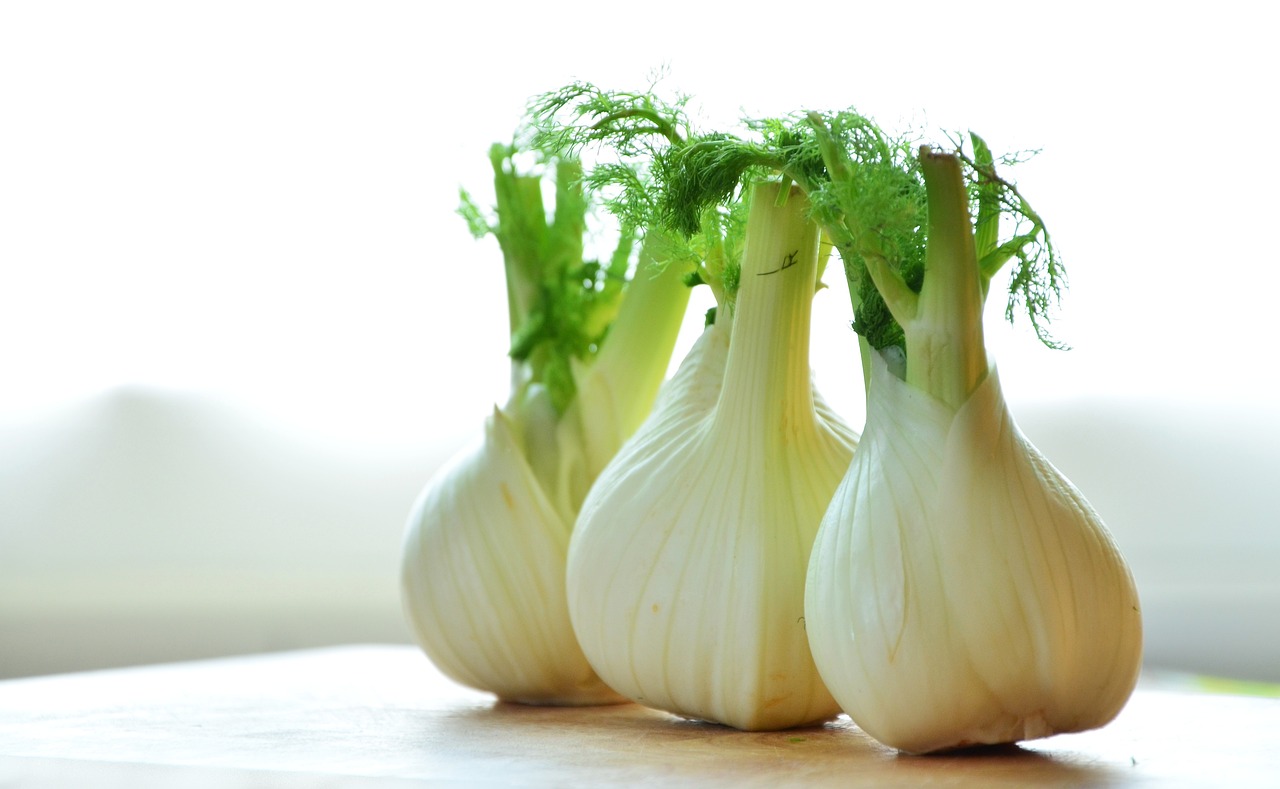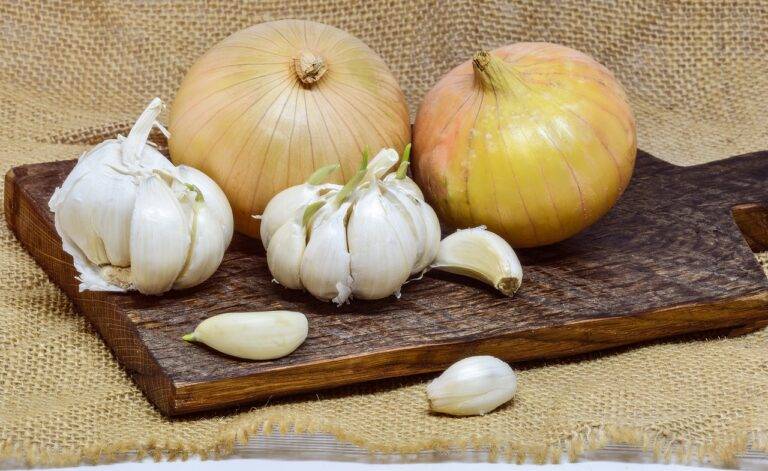The Future of Indoor Vertical Farming: Revolutionizing Urban Agriculture
Traditional agriculture in urban areas faces numerous challenges due to limited space availability for cultivation. The escalating urbanization has led to shrinking agricultural lands, making it increasingly difficult for farmers to grow crops within city limits. This constraint is further compounded by the high cost of land in urban areas, which hinders the expansion of traditional farming practices.
Additionally, traditional agriculture in urban areas is often confronted with environmental issues such as soil degradation and pollution. Continuous use of chemical fertilizers and pesticides in a confined urban setting can lead to soil erosion and contamination, posing a threat to the ecosystem and human health. Lack of proper waste management systems also contributes to environmental degradation, further complicating the sustainability of traditional agriculture in urban settings.
Advantages of vertical farming over traditional methods
Vertical farming offers numerous benefits that make it a superior choice to traditional agriculture methods. One of the key advantages is its ability to maximize limited urban space by stacking crops in multiple layers vertically. This efficient use of space allows for higher crop yields per square foot compared to conventional farming methods, making it ideal for urban areas where land is scarce and expensive.
Moreover, vertical farming enables year-round production by creating controlled environments where factors such as temperature, light, and humidity can be optimized for plant growth. This means that seasonal restrictions and climate variations that often impact traditional farming are minimized, leading to a consistent and reliable supply of fresh produce regardless of external conditions. The ability to cultivate crops indoors also reduces the reliance on pesticides and herbicides, promoting sustainable agriculture practices and ensuring a healthier, more environmentally friendly food production system.
What are some challenges of traditional agriculture in urban areas?
Some challenges of traditional agriculture in urban areas include limited space for farming, transportation costs for bringing in supplies, and competition for land from urban development.
What are some advantages of vertical farming over traditional methods?
Some advantages of vertical farming include the ability to grow crops in a smaller space, closer to urban areas, reduced water usage, and the ability to control growing conditions for optimal growth.
How does vertical farming help address the challenges of traditional agriculture in urban areas?
Vertical farming helps address the challenges of traditional agriculture in urban areas by maximizing space efficiency, reducing transportation costs, and allowing for year-round production regardless of weather conditions.
Is vertical farming a more sustainable option compared to traditional methods?
Yes, vertical farming is considered a more sustainable option compared to traditional methods because it uses less water, reduces the need for pesticides, and can be located closer to urban areas, reducing food miles.
Are there any limitations to vertical farming compared to traditional agriculture?
Some limitations of vertical farming include higher initial investment costs for infrastructure, reliance on artificial lighting, and limitations on the types of crops that can be effectively grown in a vertical farming system.





